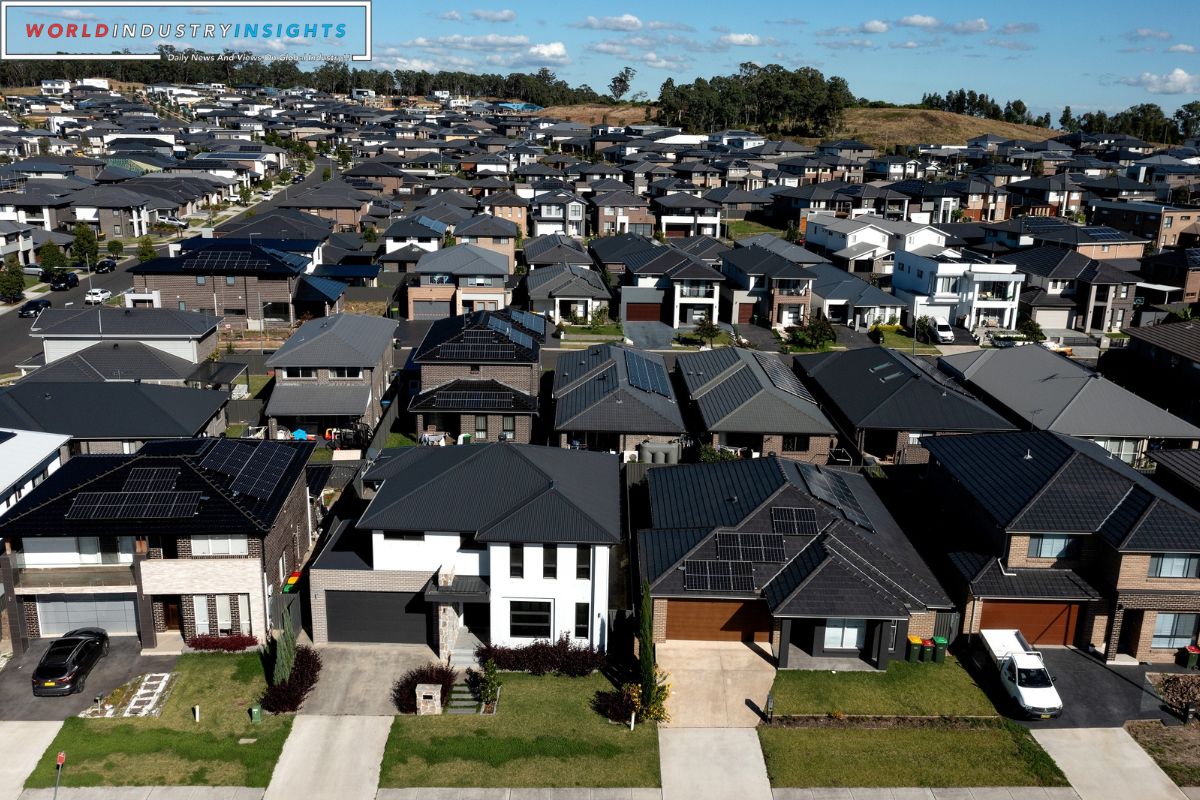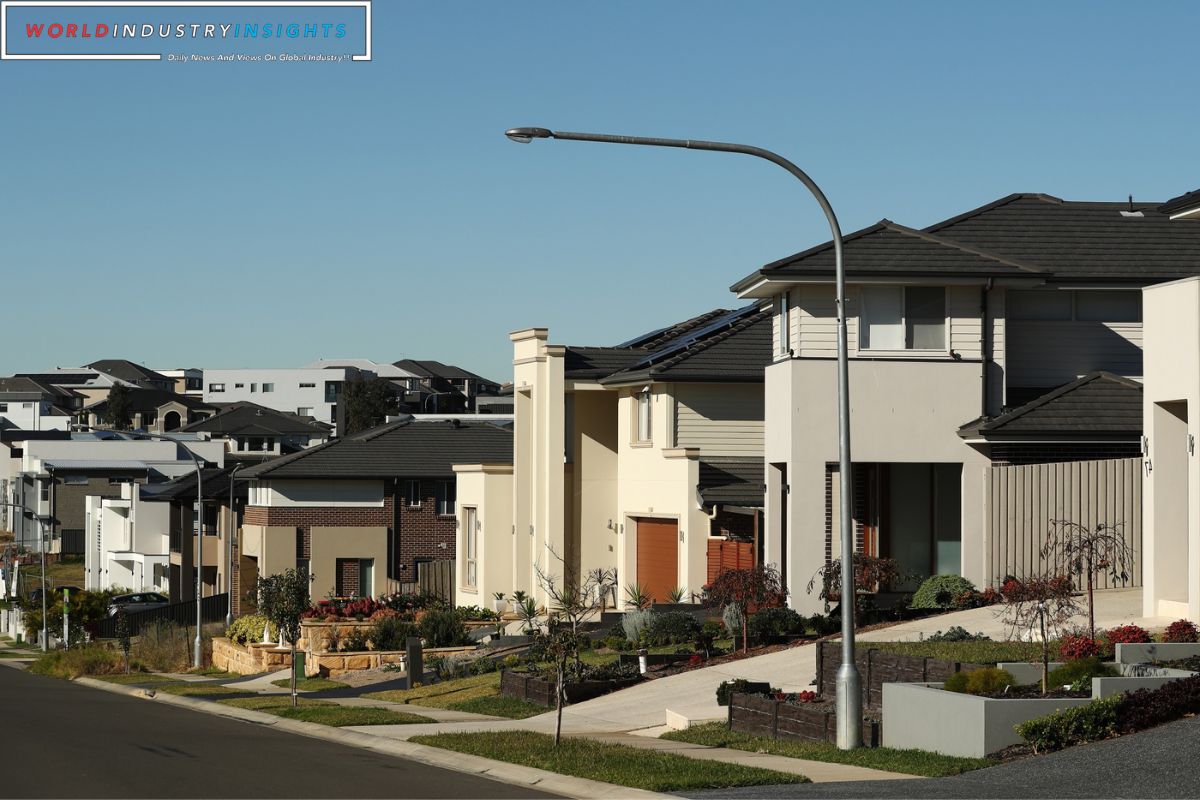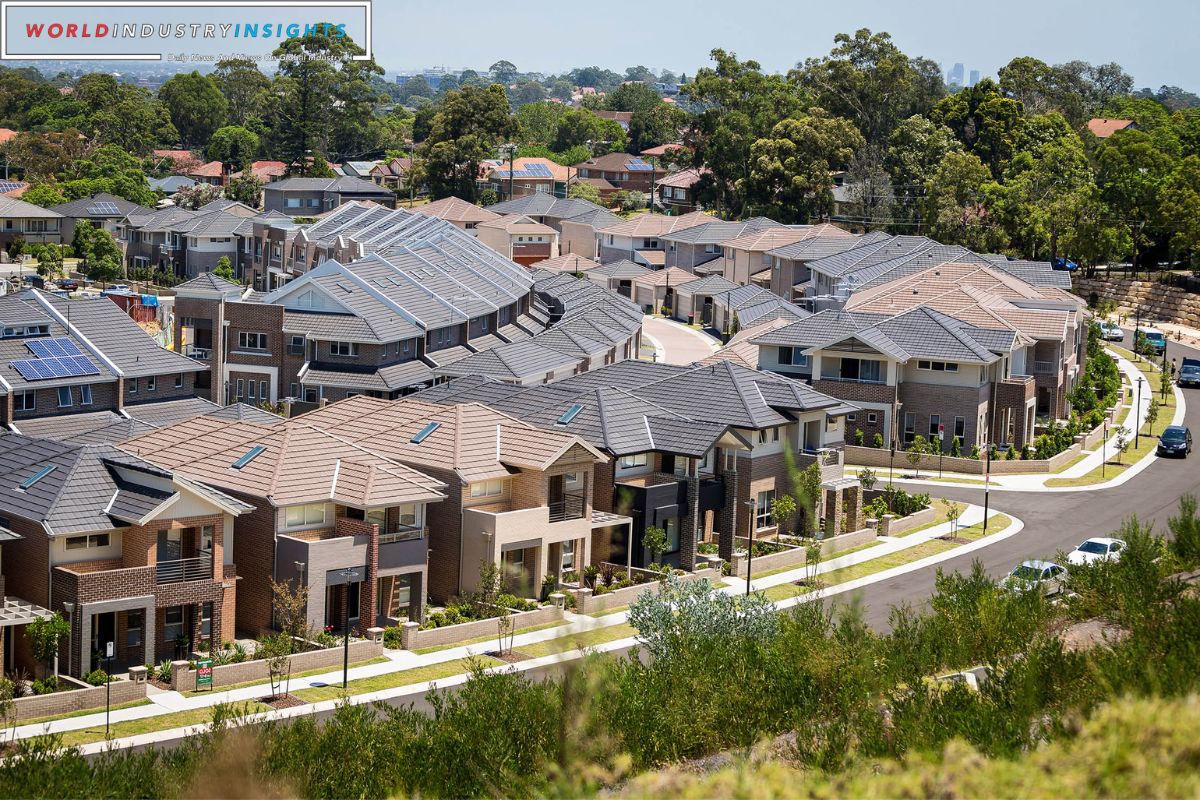Australian Housing Market: In the face of challenging economic conditions, the Australian housing market has defied expectations by posting an impressive 8% growth in 2023. This unexpected surge in the housing sector has raised eyebrows and sparked debates among economists and industry experts alike.
While the overall growth is undoubtedly commendable, a closer examination reveals regional disparities in housing growth rates, shedding light on the complex dynamics at play. Furthermore, the impact of various economic factors on these trends cannot be ignored, as they have shaped the trajectory of the housing market in recent years.
As we delve into the intricacies of this phenomenon, it becomes crucial to analyze the dynamics within capital cities and the interplay between migration trends and housing demand. Only by understanding these nuances can we paint a comprehensive picture of the Australian housing market and gain insight into its future outlook.
Key Takeaways
- National housing market experienced 8.1% growth in 2023, signaling a recovery from the previous year’s decline.
- Factors such as low interest rates, government incentives, and increased consumer confidence drove the growth in the Australian housing market.
- Major cities like Sydney, Melbourne, and Brisbane witnessed substantial price appreciation, while regional areas popular among lifestyle seekers also experienced significant growth due to affordability and desirable living environment.
- Economic factors such as higher interest rates, inflation concerns, and increased housing supply created a challenging environment, leading to reduced demand and cautious buyers.
Australian Housing Market Overview in 2023
The Australian housing market in 2023 experienced a remarkable recovery, with a national increase of 8.1%, showcasing a significant turnaround from the previous year’s decline. This growth signifies the resilience of the real estate sector amidst economic headwinds.
Also Read: Surging Australian Retail Sales Spark Rate Hike Speculation
Despite the initial decline in 2022, the market rebounded strongly, driven by various factors such as low interest rates, government incentives, and increased consumer confidence. The recovery was widespread across the country, with major cities like Sydney, Melbourne, and Brisbane witnessing substantial price appreciation.
However, towards the end of the year, the growth rate started to slow down, reflecting the impact of economic factors such as rising inflation and tightened lending policies. It is important to note that while the overall outlook is positive, there may be localized variations in market performance based on regional economic conditions and supply-demand dynamics.
Regional Disparities in Housing Growth Rates
Amidst the overall national increase in the Australian housing market in 2023, there were distinct variations in growth rates across different regions. The following are the regional disparities in housing growth rates:
- Capital cities, including Perth, Adelaide, and Brisbane, experienced robust growth. This can be attributed to factors such as lower housing affordability challenges and consistently low advertised supply levels.
- Some cities with lower or negative growth faced higher-than-average levels of advertised supply and lower annual home sales. These cities struggled to attract buyers and witnessed slower growth in their housing market.
- Regional areas that were popular among buyers seeking a change in lifestyle witnessed significant growth. These areas offered a more affordable housing market and a desirable living environment, attracting buyers from larger cities.
- Disparities in growth rates were also influenced by local economic conditions, employment opportunities, and infrastructure development. Regions with strong economic growth and investment experienced higher housing growth rates compared to areas with economic challenges.
These regional disparities highlight the importance of considering local factors when analyzing the Australian housing market and its growth rates.
Impact of Economic Factors on Housing Market Trends
Economic factors have exerted a significant influence on the trends observed in the Australian housing market. In the latter half of 2023, higher interest rates, inflation concerns, affordability challenges, increased stock levels, and low consumer sentiment have contributed to a cooling effect on the market.
The decision by the Reserve Bank of Australia to raise interest rates by a quarter point in November, reaching 4.35%, played a pivotal role in shaping these trends. The higher interest rates have made borrowing more expensive, leading to reduced demand for housing. Additionally, concerns about inflation have made potential buyers more cautious, further dampening market activity.
Coupled with affordability challenges and increased housing supply, these economic factors have created a more challenging environment for the Australian housing market.
Capital City Dynamics and Migration Trends
Capital city dynamics and migration trends have played a significant role in shaping the growth rates observed in the Australian housing market. The following factors highlight the impact of these dynamics:
- Stronger growth in capital cities: The combined capital cities index recorded a 9.3% increase in dwelling values, surpassing the 4.4% rise in the combined regional index. This indicates that capital cities have experienced more robust growth conditions.
- Housing affordability: The varying levels of housing affordability across capital cities have influenced growth rates. Cities with more affordable housing options have attracted greater demand, leading to higher growth rates.
- Supply levels: The availability of housing stock in capital cities has also impacted growth rates. Cities with limited housing supply have witnessed higher demand and subsequently higher growth rates.
- Migration trends: Migration patterns, both domestic and international, have influenced the demand for housing in capital cities. Cities experiencing higher population growth due to migration have seen increased housing demand and subsequently higher growth rates.
Future Outlook and Influencing Factors
Looking ahead, the future outlook for the Australian housing market and the factors that will influence it are of significant interest and importance. One crucial factor that will shape housing trends is the trajectory of interest rates in 2024. Experts suggest that potential rate cuts later in the year could stimulate demand and have a positive impact on the market.
However, it is important to note that despite the overall growth, five of the eight capital cities still recorded values below their record highs at the end of the year. This indicates varied market conditions and suggests a nuanced outlook for the real estate sector in Australia.
As such, it is essential to closely monitor these factors and their potential effects on the housing market in the coming years.
Conclusion Of Australian Housing Market
The Australian housing market experienced significant growth of 8% in 2023, despite economic headwinds.
Regional disparities in housing growth rates were observed, with some areas showing higher growth than others.
The housing market was influenced by various economic factors, and capital city dynamics and migration trends played a significant role.
Looking ahead, the future outlook of the housing market will be influenced by these factors and their interactions.
Our Reader’s Queries
Are house prices falling in Australia?
According to SQM Research, home prices are predicted to remain stagnant or decrease in most cities, with the exception of Perth and Brisbane, by 2024. This is due to a combination of factors such as high interest rates, a rise in unemployment, and an increase in distressed sales. PropTrack data reveals that for-sale listings have surged in October and are significantly higher than last year in various cities and regions.
Should I buy a house now or wait until 2024 Australia?
The latest Westpac-Melbourne Institute Consumer Sentiment report for November 2023 paints a bleak picture. The majority of people are feeling cautious about the possibility of further rate hikes and are preparing to tighten their belts in the coming year. Additionally, many are hesitant to invest in property at this time. Overall, the sentiment is one of deep pessimism.
Why is Australia property so expensive?
The cost of Australian homes has been on the rise due to an increase in demand for housing, coupled with a lack of supply to meet this demand. This trend has been fueled by a growing population and a decline in interest rates over the past 20 years, which has led to an influx of buyers in the market. As a result, Australian homes have become increasingly expensive, making it difficult for many to afford a place to call their own.
Can a foreigner buy a house in Australia?
Non-residents who wish to purchase property in Australia are required to seek approval from the Australian Taxation Office (ATO). Each application is assessed on a case-by-case basis to ensure that it aligns with the national interest and that the investment will bring benefits to Australia. This process is crucial in maintaining the integrity of the Australian property market and ensuring that foreign investment is in line with the country’s economic goals.




